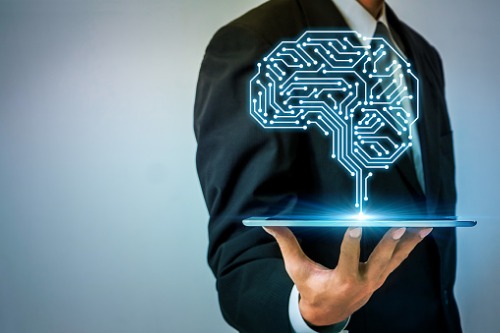By turning machines and the workforce into collaborative “colleagues”, companies can reach entirely new performance thresholds

While there are many drivers of change for HR professionals, one in particular stands out for many organisations across the nation.
The vast majority of large businesses in Australia (88%) have cited AI as the number one driver of business change in the next five years, according to new research by Cognizant.
The research also found that 68% of leaders expect their workforce to be prepared to work with intelligent machines in the next five years and are planning to spend an average of 12.5% of revenues on building capabilities for intelligent machines.
However, only 23% of businesses feel fully prepared to handle working with intelligent machines and 38% are confident about their ability to integrate AI with existing business processes.
Consequently, while Australian large businesses are aware of the trend, and keen to embrace it, they still need key directions to achieve this.
Moreover, Australian businesses mentioned three main challenges that could hinder them to implement human-machine collaboration in the workplace.
The first is related to skills in Australia, with 72% of respondents saying they were struggling to find candidates with relevant skills in the AI space.
Interestingly, the same amount of respondents (72%) mentioned a lack of training available to enable employees to work effectively with machines. But the lack of skills and training isn’t specific to Australia, as respectively 70% and 68% of leaders across the APAC region also mentioned a lack of candidates and a lack of training as potential obstacles.
The last element is a misalignment of workforce strategy with business goals (70%) which means intelligent machines are likely to replace repetitive human tasks in the future, challenging workers to focus on new skills and adjust to rapid changes in core skillsets.
Indeed, the threat to workers’ current jobs is a significant topic and 60% of business leaders believe that employees’ fear of job loss will contribute to the challenges facing a successful adoption.
However, testament to Australian businesses’ will to prioritise the human-machine collaboration topic, 53% of them say they are currently in the process of integrating or at least planning to integrate it into their workforce strategy and planning.
Related stories:
How to 'futureproof' your organisation
Would a robot make a better PM than a human?








